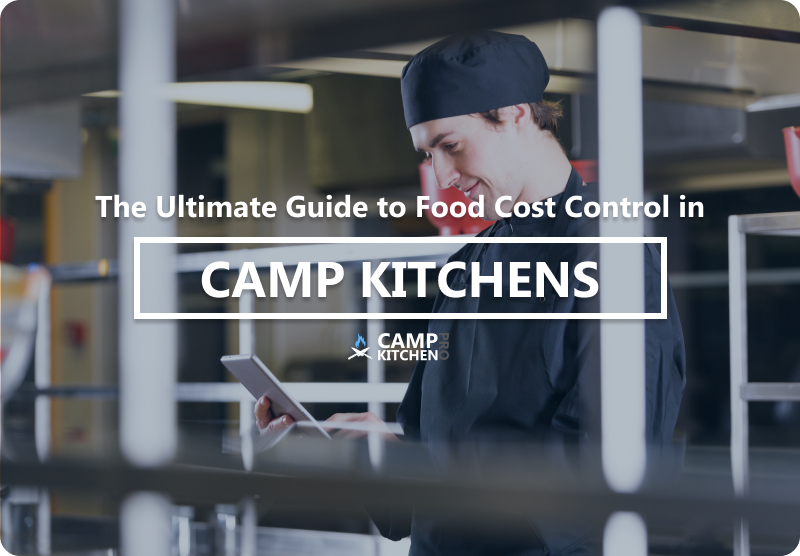Feeding a few hundred campers and staff three times a day out of your camp kitchen is no small task - and doing it on a budget can feel nearly impossible. But with a few key systems and some intentional planning, you can get your food costs under control without sacrificing quality or camper satisfaction.
Here’s your go-to guide for making every food dollar count.
1. Know Your Cost Per Meal
Start by breaking down your total food budget into a per-person, per-meal cost. This gives you a clear benchmark to guide planning and purchasing.
Tip: Include everything - meals, snacks, special diets, condiments, and beverages. Knowing your true cost per meal helps you track overages early.
🎯 Common range: $2.25–$3.75 per meal, depending on age groups, food choices, and region.
2. Standardize Recipes
When meals are made differently each time, it becomes impossible to predict costs - or portions. Standardized recipes in the camp kitchen eliminate guesswork and keep your kitchen running smoothly.
Tip: Create clear recipe cards with exact quantities, prep instructions, and yield sizes. Stick to them consistently across your kitchen team.
3. Plan for Real Headcounts
One of the fastest ways to overspend is cooking for more people than actually show up. Forecasting based on actual attendance - not just registered campers - helps avoid daily waste.
Tip: Keep a running tally of campers and staff actually attending meals, and adjust your prep numbers as needed.
4. Track Inventory Consistently
Inventory management is where many kitchens lose money - often without realizing it. Overordering leads to spoilage, and underordering leads to expensive last-minute fixes.
Tip: Do a full inventory at least once a week. For high-cost items (meat, dairy, fresh produce), consider daily spot checks.
5. Monitor Waste Patterns
What ends up in the trash tells you a lot. If certain items consistently go untouched, that’s money out the door.
Tip: Assign a staff member during each meal to observe what’s coming back on plates. Adjust portions, prep, or menu items based on patterns you see.
6. Cross-Utilize Ingredients
One of the smartest ways to reduce waste is to repurpose ingredients across multiple meals.
Tip: Use one ingredient in 2–3 different dishes during the week. For example, roasted vegetables from dinner can be used in wraps or pasta salads the next day.
7. Avoid Emergency Ordering
Last-minute trips to the store are almost always more expensive. Planning ahead allows you to buy in bulk, negotiate pricing, and avoid paying a premium.
Tip: Keep a rolling meal calendar 1–2 weeks out and review your order lists with enough time to make adjustments before deadlines.
8. Train the Whole Team
Your kitchen’s financial health doesn’t rest on the chef alone. Everyone - from prep staff to dishwashers, plays a role in reducing waste and controlling costs.
Tip: Incorporate food cost awareness into daily huddles or weekly meetings. Reinforce why portioning, labeling, and minimizing waste matter.
9. Review Regularly, Adjust Often
Food cost control is dynamic - what works early in the summer might not later on. Keep your finger on the pulse with regular check-ins.
Tip: Set aside 15 minutes each week to compare food spending against your targets. Adjust menus, vendors, and prep routines as needed.
Final Thoughts
Controlling food costs in a camp kitchen isn’t about cutting corners - it’s about building smart, sustainable systems that help you feed your community well. With intentional planning, clear communication, and a few simple tools, you can make every dollar stretch while keeping campers happy and fed.

